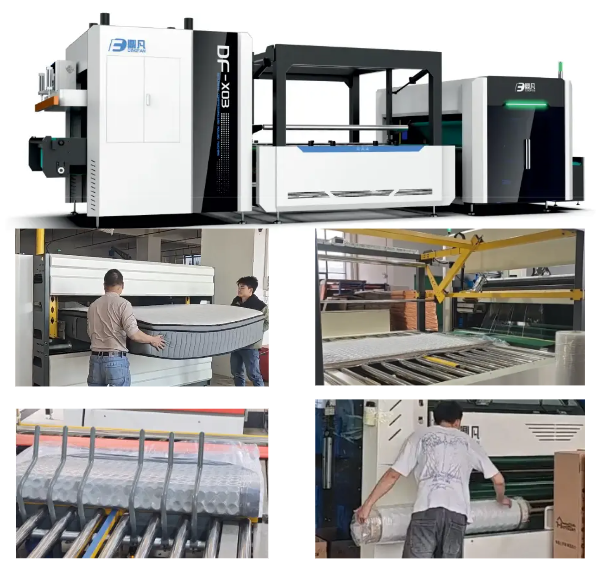Introduction
In the evolving B2B furniture landscape, compress sofas have become a preferred solution for manufacturers, wholesalers, and distributors seeking to optimize logistics, reduce costs, and meet diverse market demands. When sourcing or recommending compress sofas, understanding the distinctions between foam, spring, and hybrid constructions is essential for making informed procurement decisions and delivering value to commercial clients. This guide explores the core differences, advantages, and application scenarios for each sofa type, helping your business maintain a competitive edge in 2025 and beyond.


Foam Compress Sofas
Construction and Features:
Foam compress sofas are made primarily from high-density polyurethane or memory foam, engineered for flexibility and resilience. The foam is cut, layered, and encased in upholstery, allowing the entire sofa to be vacuum-compressed and rolled for compact shipping.
B2B Advantages:
- Lightweight and easy to handle, reducing shipping and labor costs.
- Cost-effective for bulk orders and large-scale projects.
- Offers a streamlined silhouette, ideal for modern and minimalist interiors.
- Quick rebound after unpacking, supporting fast installation in commercial or residential settings.
Spring Compress Sofas
Construction and Features:
Spring compress sofas incorporate a system of metal springs—such as pocket coils or sinuous springs—within the seat and back cushions. These springs are combined with foam layers to enhance comfort and structural integrity. The entire unit is engineered to withstand vacuum compression without damaging the spring system.
B2B Advantages:
- Superior support and bounce, making them suitable for hospitality, office, and high-use commercial spaces.
- Maintains shape and comfort over extended periods, reducing replacement frequency.
- Appeals to clients seeking a more traditional seating experience with added resilience.


Hybrid Compress Sofas
Construction and Features:
Hybrid compress sofas combine the best of both worlds: a core spring system for support and high-density foam for plush comfort. The hybrid design is carefully balanced to maximize compressibility while preserving both softness and durability.
B2B Advantages:
- Delivers both immediate comfort and long-term support, catering to a wide range of end users.
- Versatile for various B2B applications, from premium residential projects to upscale commercial environments.
- Enhanced durability and customer satisfaction, reducing warranty claims and boosting brand reputation.
Comparative Table: Foam vs. Spring vs. Hybrid Compress Sofas
| Feature | Foam Compress Sofa | Spring Compress Sofa | Hybrid Compress Sofa |
|---|---|---|---|
| Core Material | High-density foam | Metal springs + foam | Springs + high-density foam |
| Compressibility | Excellent | Good (requires precision) | Good (requires expertise) |
| Support | Moderate | High | High |
| Comfort | Soft, contouring | Firm, resilient | Balanced plush and support |
| Weight | Light | Moderate to heavy | Moderate |
| Durability | Moderate | High | High |
| Packaging Complexity | Simple | Advanced | Advanced |
| Cost | Lower | Moderate | Higher |
| Best B2B Applications | Budget projects, rentals | Hospitality, offices | Premium residential, commercial |
How to Choose the Right Compress Sofa for Your B2B Needs
- Project Type: For short-term or budget projects, foam compress sofas offer cost savings and ease of handling. For high-traffic or long-term commercial use, spring or hybrid models provide better performance.
- Client Expectations: If your clients prioritize comfort and luxury, hybrids are ideal. For minimalist or space-saving requirements, foam options may be preferred.
- Logistics and Storage: Foam sofas are the most compact and lightweight, while spring and hybrid models require careful handling and robust packaging.
- Brand Positioning: Offering all three types allows you to cater to a broader B2B audience and differentiate your product line.


Conclusion
Understanding the differences between foam, spring, and hybrid compress sofas empowers B2B manufacturers, wholesalers, and distributors to make strategic sourcing and marketing decisions. By aligning sofa construction with client needs, project requirements, and logistical considerations, your business can deliver superior value and stand out in the competitive furniture market of 2025.